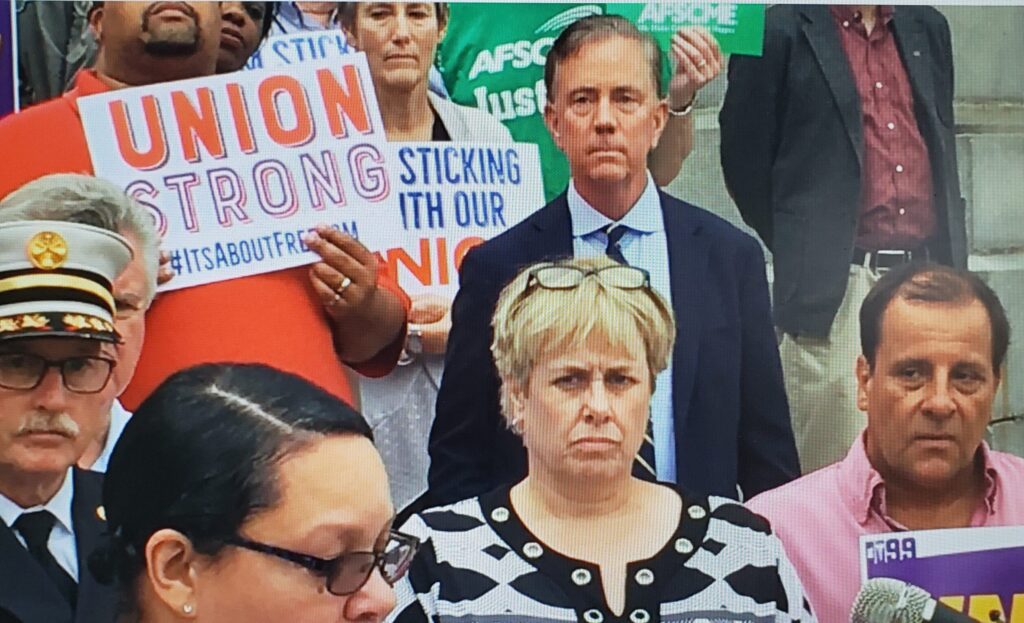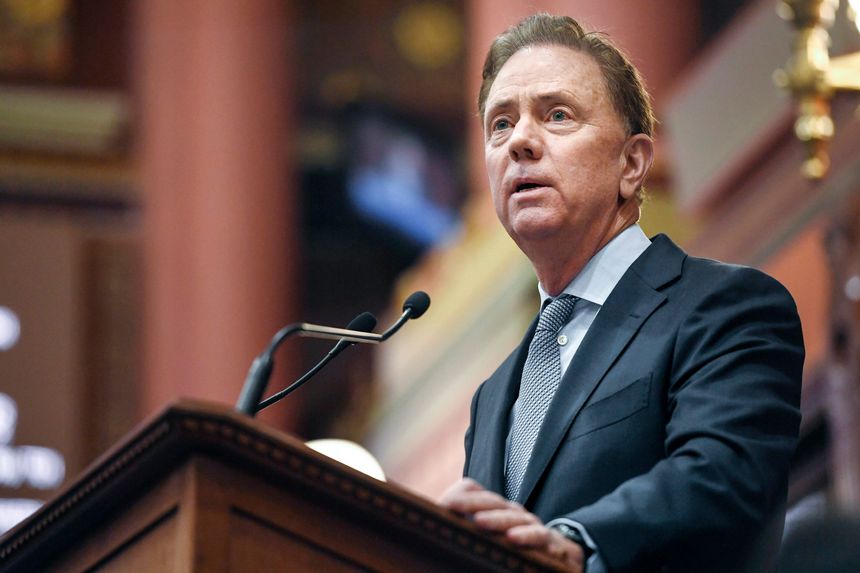During his re-election campaign - and ever since, Governor Lamont has claimed credit for a Connecticut Comeback and for “progress on pensions.” Yet long-term debt has increased $3 billion. The unfunded liability of the state employee pension fund (SERS) has barely improved, despite that the state has put a whopping $5 billion in special deposits into it. The latest news on the economy is that Sikorsky will be laying off 400 workers. Where’s the Comeback? Where’s the progress on pensions?

When did you last hear of a major business moving into Connecticut?
This week every Democrat in the General Assembly voted for Governor Lamont’s 4.5% state employee wage increase for next fiscal year that will bring wage increases during Lamont’s time in office to an eye-popping 33% total increase. A state employee making $100,000 just prior to Lamont’s inauguration will get $133,000 next year. Nice pay if you can get it, and 46,000 unionized state employees will get it.













